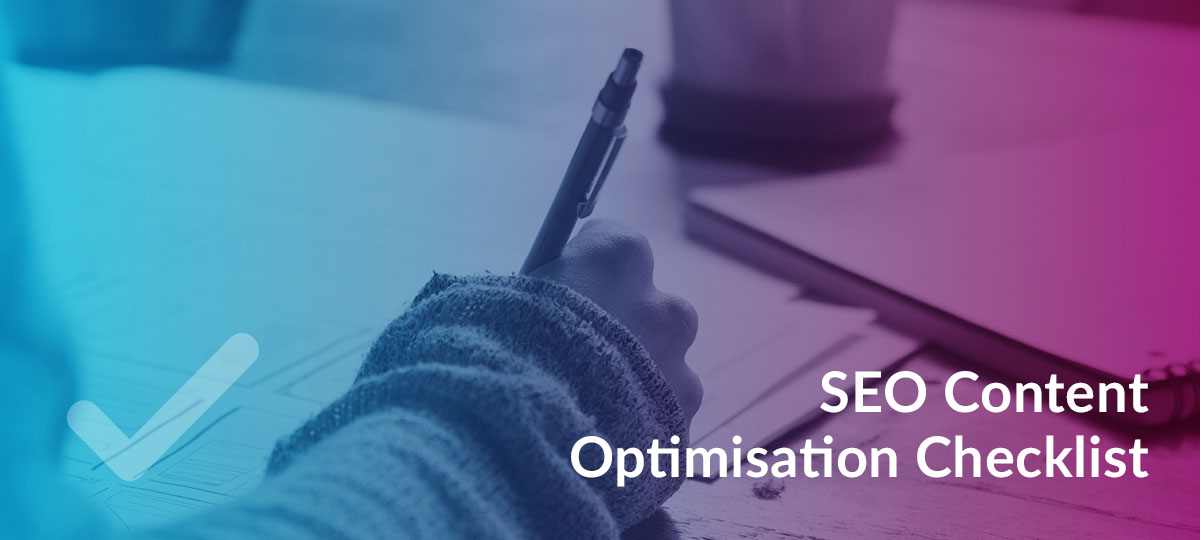
Optimising individual pages on your website can be an impactful tactic to bring targeted organic search traffic to your site. However, this does need to be aligned with a wider strategy of data-led keyword research, technical improvements and offsite SEO support. Once you have a solid foundation of technical optimisations and a robust keyword strategy in place, you can select individual important landing pages to optimise for highly relevant search queries.
But how do you go about optimising a page for search engines? Follow our checklist below to transform a lagging landing page into one of your top-performing pages for SEO.
If there is a coding or technical issue on your landing page which is preventing it from being indexed by Google, there is little point in optimising the content. We recommend a thorough technical review of your website before you begin optimising specific content pages – but at the very least, have a look at Google Search Console and check that the page you are looking at is being indexed by Google and receiving some impressions and clicks.
Each SEO landing page on your website should be targeting a single relevant primary keyword – this is a phrase or search query that people will be looking for via Google or other search engines. You may also want to target two or three secondary keywords, as well as variants or modified versions of your main keywords. Don’t try to hit every single possible keyword on every page; you will find it more effective to focus on a small number of search terms which are extremely relevant to the topic of the individual page.
The basic principle for optimising your page is to add the keywords you are targeting in a natural and easy-to-read way. Avoid “keyword-stuffing” where you repeat the same words and phrases over and over; not only will this put people off, it is frowned upon by Google and other search engines. Instead, look out for opportunities to naturally include variants of your relevant keywords here and there, while creating content that is helpful to your target audience.
Here is a checklist of places to include keywords on your page:
Remember, the main aim of any piece of content on your website is to provide helpful information to your readers; always prioritise useful and reliable information above keyword-stuffing!
Google’s EEAT guidelines lay out the kind of website content that the search engine considers to be good-quality. This boils down to content that demonstrates Expertise, Experience, Authority and Trustworthiness – so bear these items in mind when creating or updating pages on your website. Beyond checking whether you are including keywords in your content, ask yourself questions like:
Now that your page is beautifully optimised with compelling content that contains your keywords, you can indicate to search engines that this is an important item by pointing to it from other pages on your website. Identify a handful of other pages on the website that relate to the topic and add hyperlinks to your optimised landing page from these pages. When adding internal links, use descriptive anchor text that contains relevant keywords to give search engines further contextual information.
An important final step of the SEO content optimisation process is to let Google know that you have updated a page. Your new content should be found eventually anyway, but to speed things up and begin moving up through the rankings more quickly, you can use Google Search Console to request that the search engine re-indexes your page straight away.
Need help with optimising content on your website? Or perhaps you are stuck at steps one and two – and need to put your technical SEO foundation and keyword strategy in place? Varn can help. We are a friendly team of SEO specialists with many years of experience – get in touch with the SEO experts to find out more about how we can support your website.
Varn is an expert & specialist SEO search marketing agency. Technical SEO * AI & Data Analytics * Offsite SEO * Paid Search